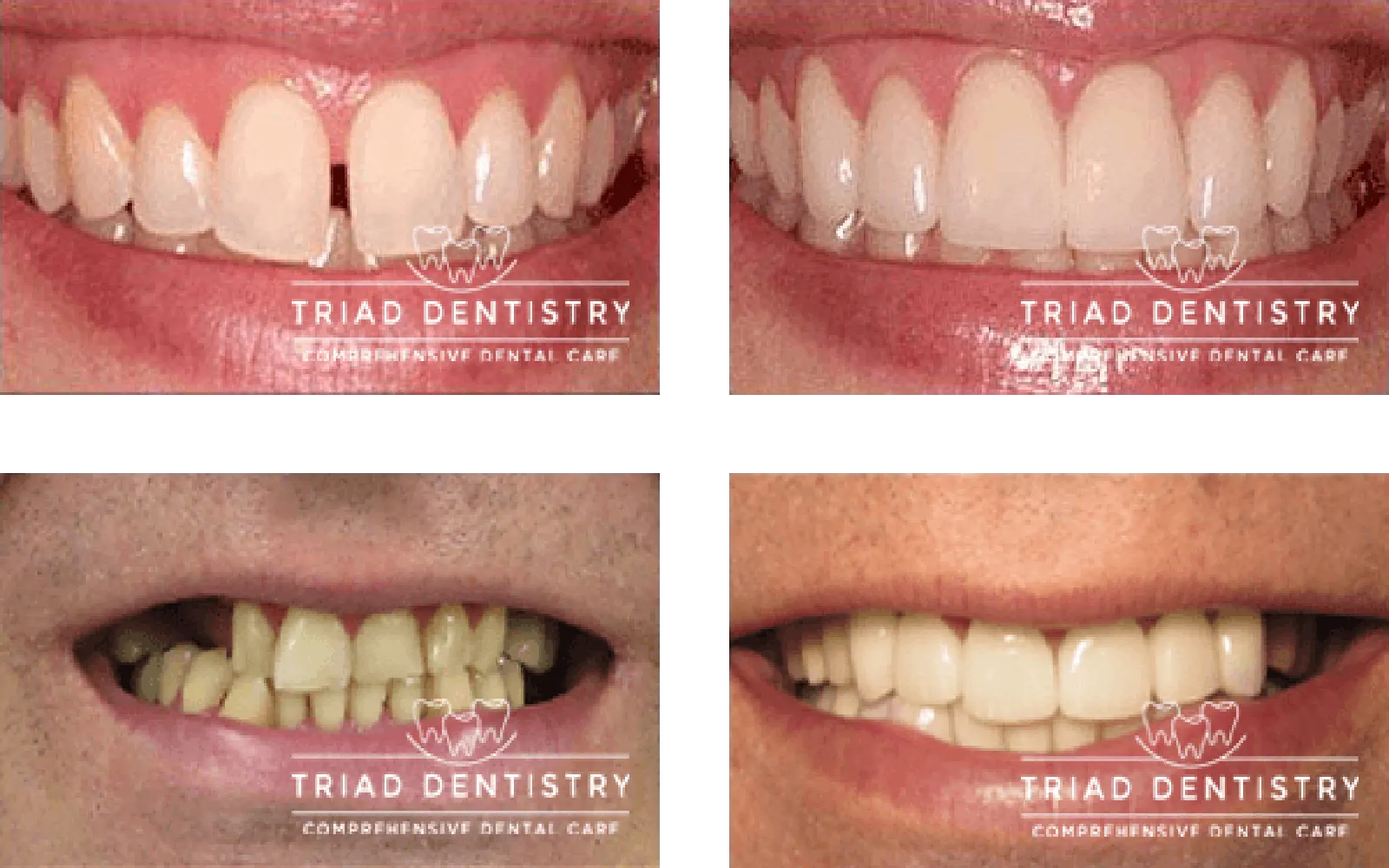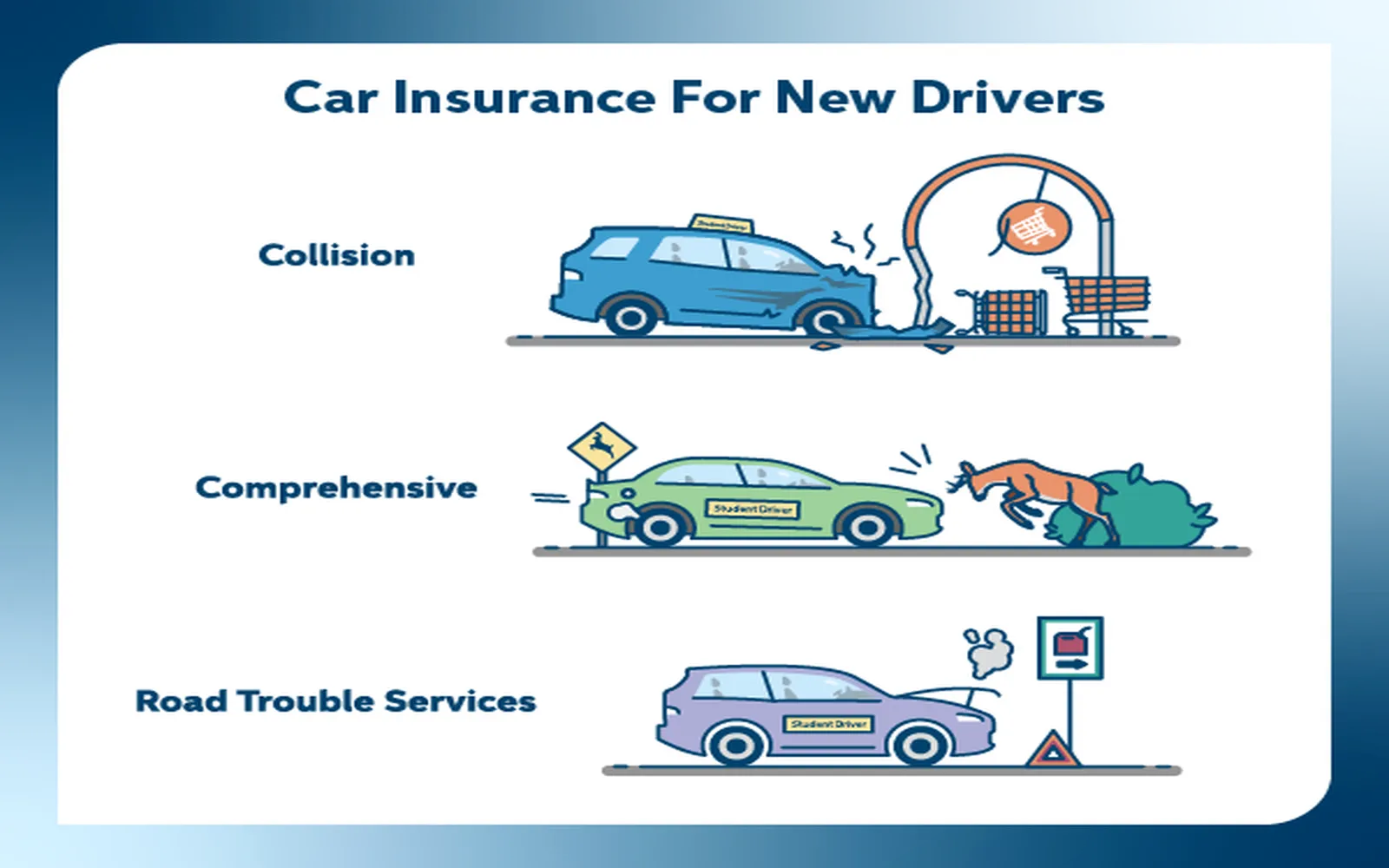Affordable Health Insurance for Families in 2025: Your Guide to Cost-Effective Coverage Options
Introduction
As we move into 2025, families continue to face challenges in accessing affordable health insurance. Rising healthcare costs and economic uncertainties make it crucial for families to find cost-effective coverage options that meet their needs. In this guide, we will explore various health insurance options available to families, highlight their benefits, and offer tips on how to secure the best coverage for your family while keeping costs manageable.
The Importance of Health Insurance for Families
Health insurance is essential for families because it provides financial protection against high medical expenses. Unexpected illnesses or injuries can lead to significant financial burdens, and having insurance can mitigate these costs. Additionally, health insurance often covers preventive services, ensuring that families can access necessary checkups and vaccinations to maintain their overall health. In 2025, understanding the landscape of health insurance options will empower families to make informed decisions.
Types of Health Insurance Plans
Understanding the various types of health insurance plans available is critical when selecting coverage for your family. Below are some common options:
1. Employer-Sponsored Health Insurance
Many families obtain health insurance through an employer-sponsored plan. Employers often negotiate better rates and may cover a portion of the premium, making this option more affordable. In 2025, families should thoroughly review their employer's insurance offerings, including the plan's coverage limits, deductibles, and out-of-pocket maximums.
2. Marketplace Insurance Plans
The Health Insurance Marketplace offers a variety of plans for individuals and families who do not have access to employer-sponsored insurance. In 2025, the Marketplace continues to provide subsidies based on income, making coverage more attainable for families. The Marketplace also ensures that all plans cover essential health benefits, including preventive care and maternity services.
3. Medicaid and CHIP
Medicaid is a state and federal program that provides health coverage for low-income families. The Children's Health Insurance Program (CHIP) extends coverage to children in families with incomes too high to qualify for Medicaid but too low to afford private insurance. In 2025, families should check their eligibility for these programs, as they can offer comprehensive coverage with minimal or no premiums.
4. Short-Term Health Insurance
Short-term health insurance plans are designed to provide temporary coverage during gaps in insurance. These plans can be an option for families facing transitions, such as job changes or waiting periods for employer-sponsored coverage. However, it is essential to note that short-term plans often have limited benefits and may not cover pre-existing conditions.
5. Health Savings Accounts (HSAs)
Health Savings Accounts (HSAs) allow families to save money tax-free for qualified medical expenses. HSAs are typically paired with high-deductible health plans (HDHPs). In 2025, families should consider HSAs as part of their overall health insurance strategy, as they can provide a way to manage healthcare costs while saving for future medical expenses.
Finding Affordable Coverage
Finding affordable health insurance requires careful research and consideration. Here are some steps families can take to identify cost-effective coverage options:
1. Assess Your Family’s Healthcare Needs
Start by evaluating your family's healthcare needs, including chronic conditions, anticipated medical procedures, and routine care. Understanding these needs will help you determine the type of coverage that best fits your family.
2. Compare Plans
When considering different insurance options, it's essential to compare multiple plans. Look at premiums, deductibles, co-pays, and coverage limitations. Online comparison tools make it easier to evaluate different plans side by side.
3. Check for Subsidies
In 2025, families may still qualify for subsidies through the Health Insurance Marketplace. These subsidies can significantly reduce the cost of premiums. Be sure to fill out the necessary paperwork and provide accurate income information to determine your eligibility.
4. Review Provider Networks
Before selecting a plan, check if your preferred healthcare providers are in-network. Out-of-network care can lead to higher costs. Make sure the plan you choose allows access to the doctors and specialists your family relies on.
5. Understand Prescription Coverage
Prescription drug coverage is a crucial aspect of health insurance. In 2025, families should review drug formularies to ensure their medications are covered and at what cost. Some plans may have higher co-pays for certain medications, so understanding these details can help avoid unexpected expenses.
Maximizing Your Health Insurance Benefits
Once you've selected a health insurance plan, it’s essential to make the most of your coverage. Here are some tips to maximize your benefits:
1. Utilize Preventive Services
Most health insurance plans cover preventive services at no cost to the patient. Take advantage of annual checkups, vaccinations, and screenings to maintain your family’s health and catch potential issues early.
2. Stay Informed About Coverage
Read through your policy documents to understand what is covered and what isn’t. Knowing the details of your plan will help you navigate healthcare services more effectively and avoid unexpected out-of-pocket costs.
3. Keep Records of Medical Expenses
Maintain accurate records of your medical expenses, including receipts for prescriptions and out-of-pocket costs. This documentation can be helpful for tax purposes and managing your HSA if you have one.
4. Communicate with Your Healthcare Providers
Open communication with your healthcare providers can lead to better care management. Discuss your insurance coverage with them to ensure you are receiving the most cost-effective treatments and medications.
5. Appeal Denied Claims
If a claim is denied, don’t hesitate to appeal the decision. Review the reasons for denial and provide any necessary documentation to support your case. Many families successfully overturn denied claims, resulting in covered expenses.
Future Trends in Health Insurance
As we look ahead, several trends are shaping the future of health insurance for families:
1. Increased Focus on Telehealth
Telehealth services have gained popularity since the pandemic, providing convenient access to healthcare providers. In 2025, many insurance plans are likely to continue expanding telehealth options, making it easier for families to receive care without the need for in-person visits.
2. More Personalized Care
Advancements in technology are leading to more personalized healthcare experiences. Insurance companies are increasingly using data analytics to tailor coverage options and improve patient outcomes, allowing families to receive care that is more aligned with their individual needs.
3. Value-Based Care Models
The shift towards value-based care is becoming more prominent, focusing on patient outcomes rather than the number of services provided. Families may benefit from this model as it emphasizes quality care and improved health outcomes, potentially reducing overall costs.
4. Expansion of Mental Health Coverage
In 2025, mental health awareness is at an all-time high, leading to increased demand for mental health services. Many insurance plans are expanding their mental health coverage, making it easier for families to access the care they need.
5. Innovations in Cost Management
Insurance companies are exploring various innovations to manage costs effectively. This includes the use of artificial intelligence to predict healthcare trends, negotiate better rates with providers, and streamline administrative processes, all of which can contribute to lower premiums for families.
Conclusion
Finding affordable health insurance for families in 2025 requires diligence, research, and an understanding of the options available. By assessing your family's needs, comparing plans, and maximizing your coverage, you can secure cost-effective health insurance that provides the necessary protection and care. As the healthcare landscape continues to evolve, staying informed about trends and changes will empower families to make the best choices for their health and financial well-being.
Explore

Affordable Dental Implants: Your Guide to Cost-Effective Solutions

Top Mesothelioma Attorneys: Expert Legal Guidance for Victims and Families

Dental Insurance That Covers Implants: Your Guide to Coverage Options

Secure Your Small Business's Future with Comprehensive Health Insurance Coverage

Affordable Legal Services for Small Businesses in 2025: Your Guide to Cost-Effective Solutions

Top Car Insurance Options for New Drivers in 2025: Affordable Coverage & Essential Tips

Affordable Home Insurance for First-Time Buyers in 2025: Your Complete Guide to Savings and Coverage
